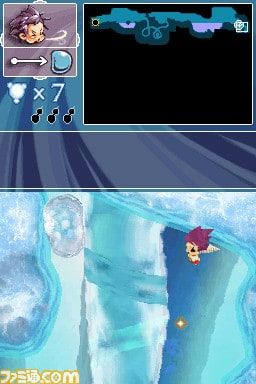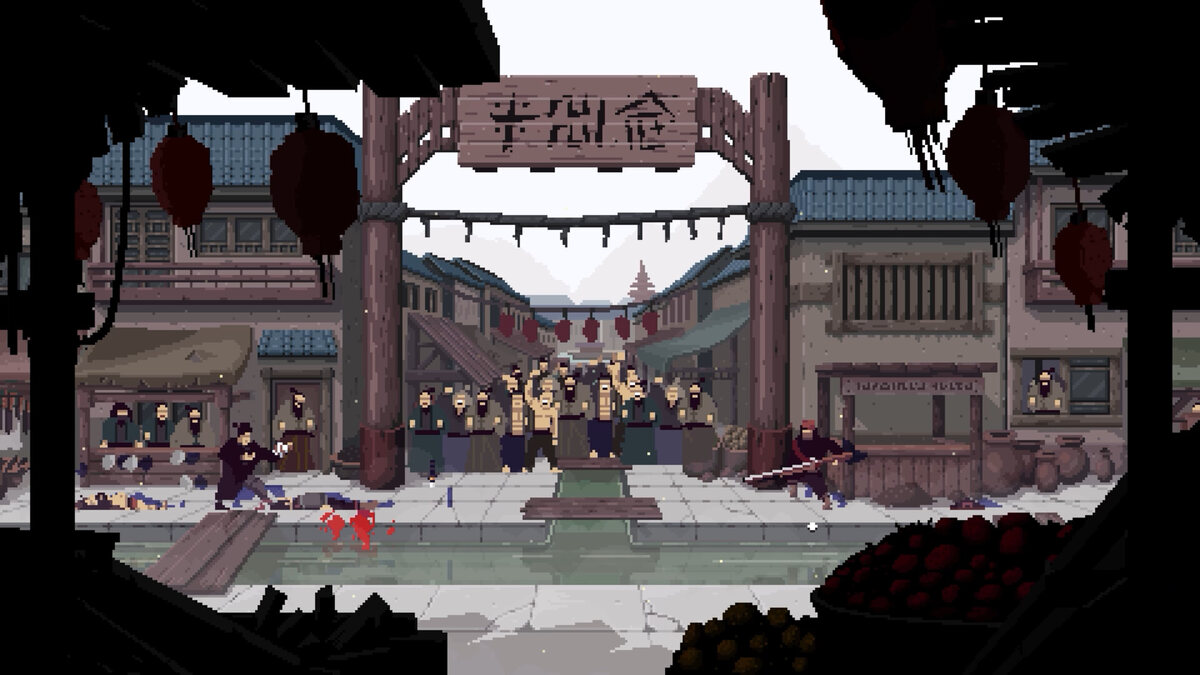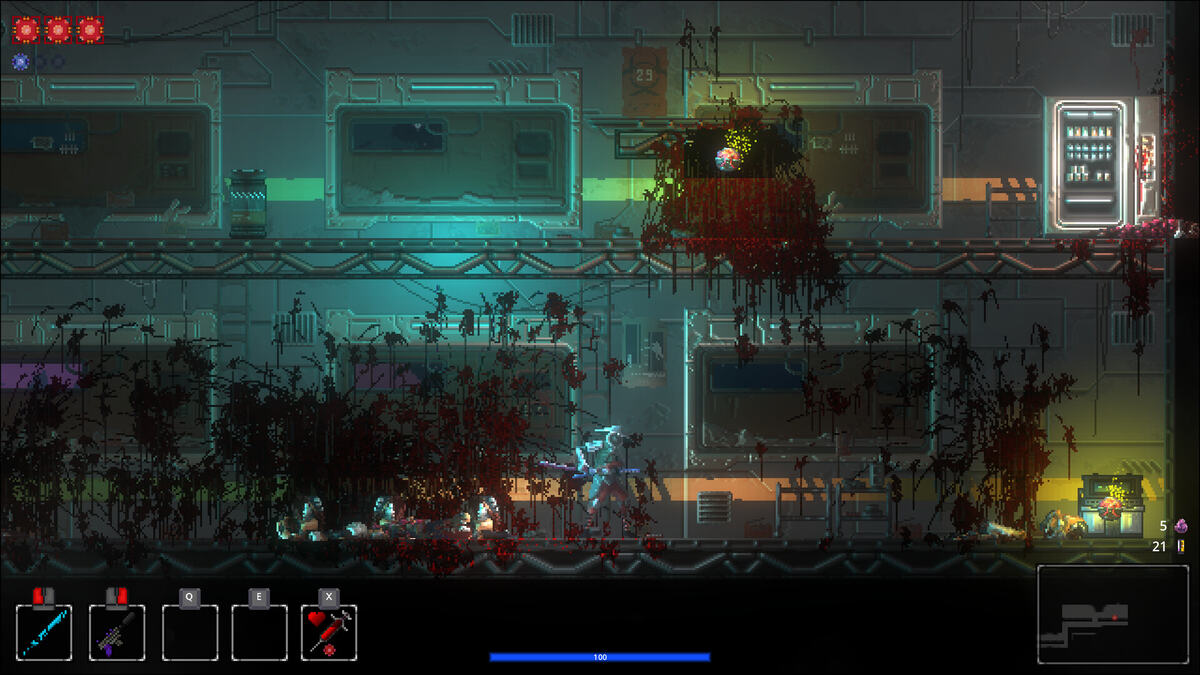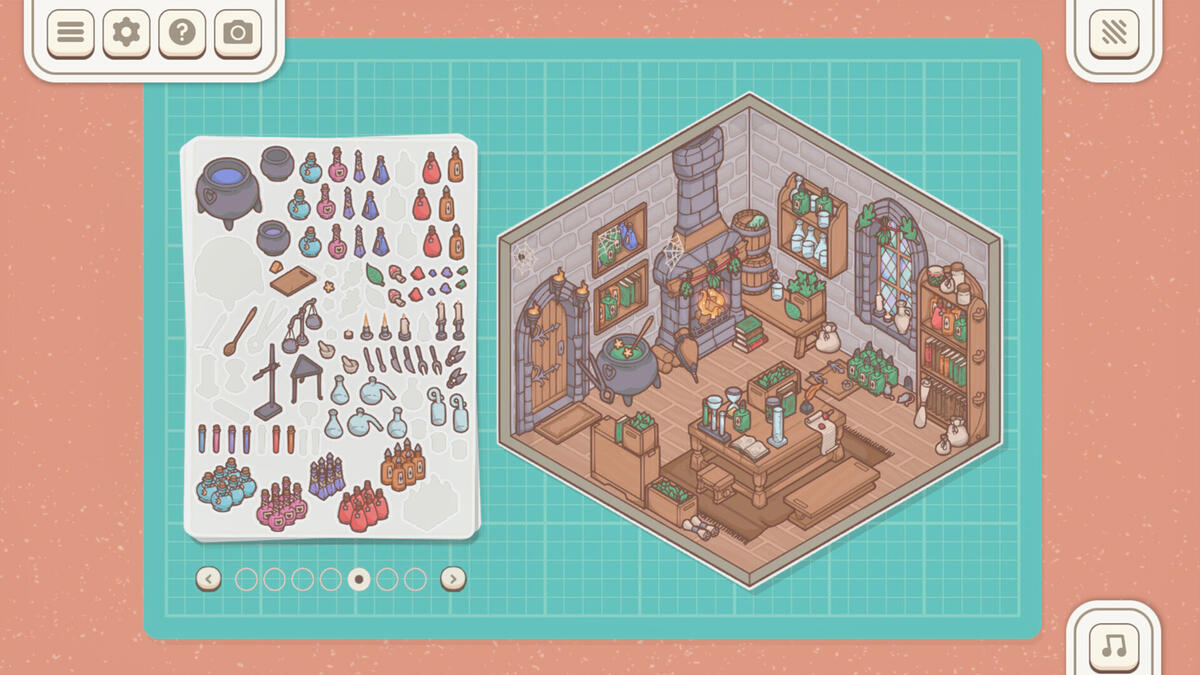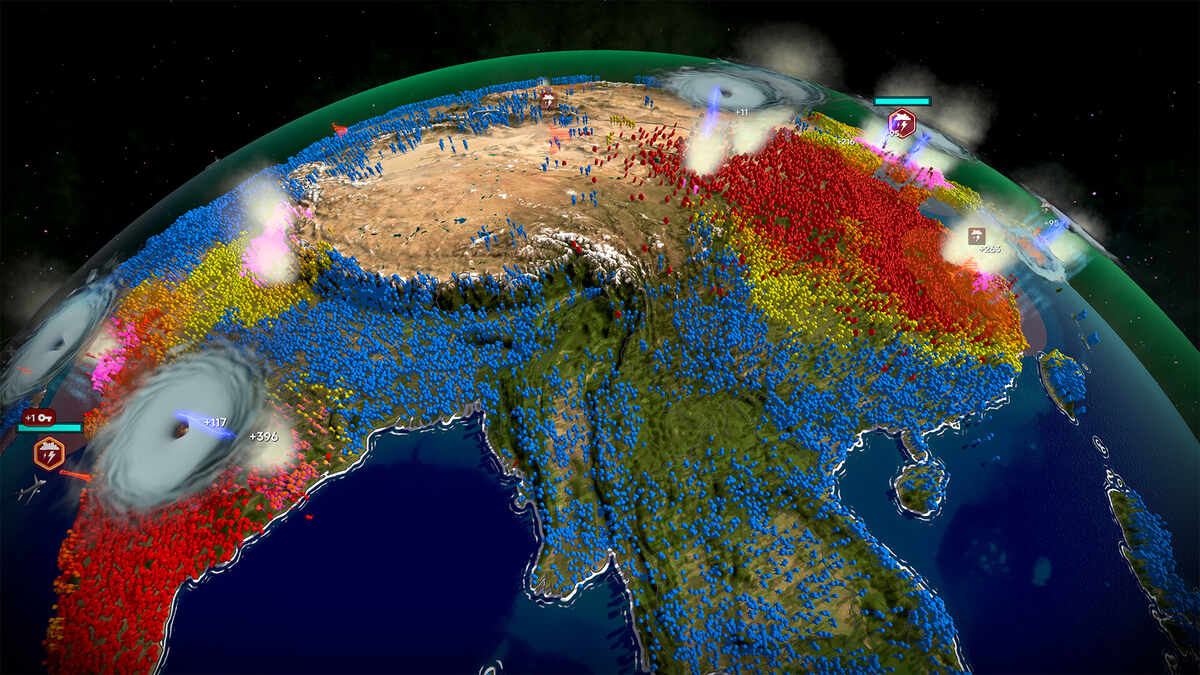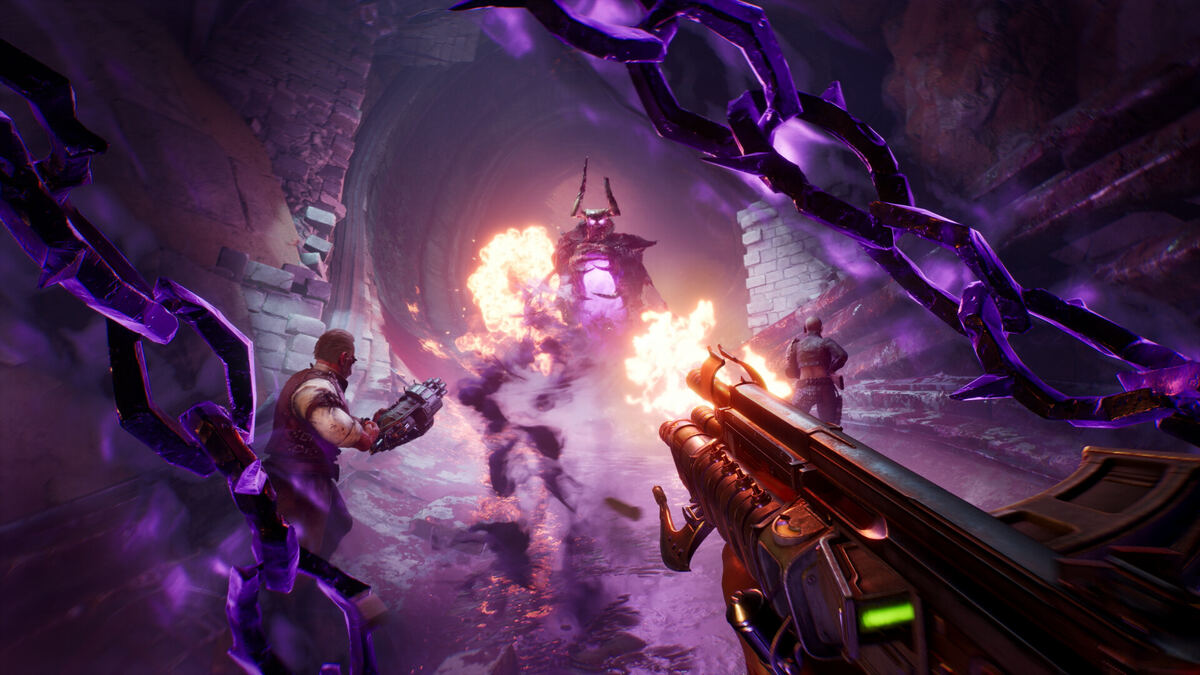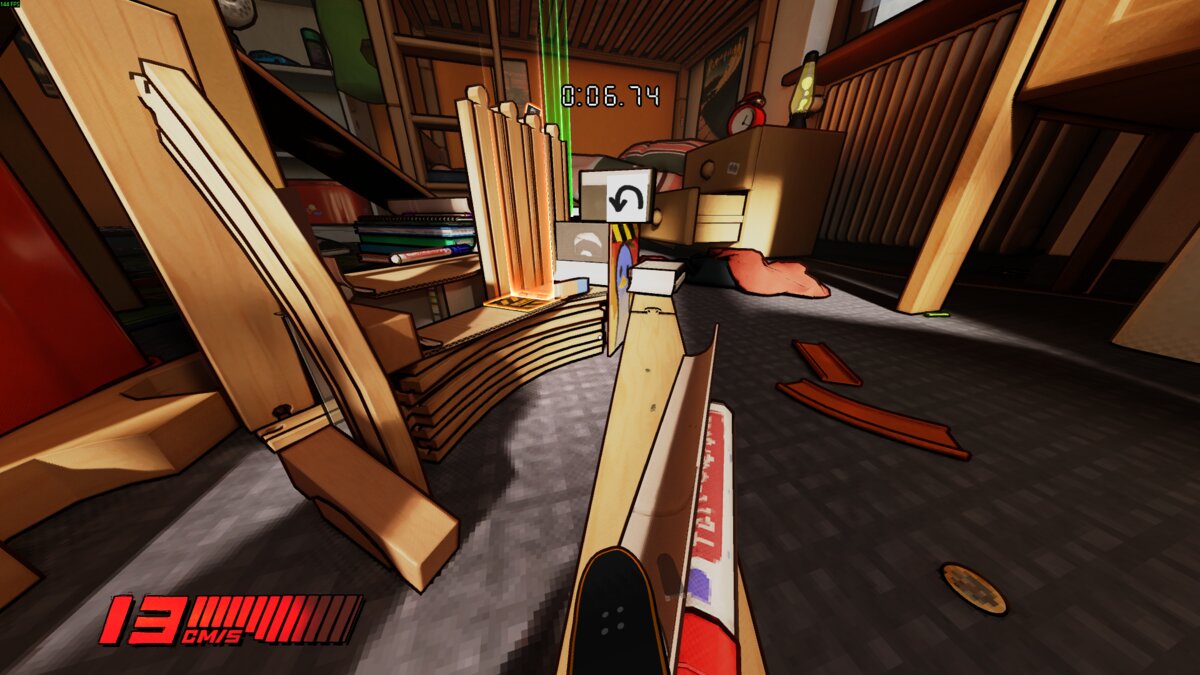You can trust VideoGamer. Our team of gaming experts spend hours testing and reviewing the latest games, to ensure you're reading the most comprehensive guide possible. Rest assured, all imagery and advice is unique and original. Check out how we test and review games here
Soul Bubbles is hard to explain, but it’s for that very reason that I love it. At its core it’s an addictive 2D puzzler that makes great use of the DS’ stylus controls. But it’s also a showcase for what Nintendo’s handheld can do when developers are prepared to experiment with the format. The result is quite possibly the DS’ answer to the PSP’s entrancing LocoRoco.
It works like this. You control a young shaman apprentice whose sole (heh) purpose in life is to get seven little souls, or small blue orbs, from the beginning of the level to a Gateway Cube at the end. That explains the soul part of the game’s title. Now on to the bubbles bit. The little shaman wannabe can move the souls by creating a bubble around them, aka, you, the player, drawing one with the stylus. Once the bubble is drawn, and deflated to fit, the boy can blow it around the level. Where he blows from is determined by where the player touches the lower screen with the stylus. If the bubble pops, and it can pop, the souls will become exposed and eventually extinguish.
It’s fiddly at first, almost annoying. But you soon get the hang of it, and when you do Soul Bubbles becomes fiendishly addictive and strangely calming. During the early levels you’ll be doing little more than getting to grips with the bubble-blowing mechanics and familiarising yourself with the game’s excellent physics – bubble movement is affected by size, how much you blow on it and other environmental forces, like strong wind and sticky vines.
To move past each of the game’s 40 levels you need to get every one of the seven souls to the Gateway Cube unscathed. This seems a relatively easy feat at first, but you soon learn that to fully complete each level and unlock the next game world (there are eight in total), you’ll need to collect what are called Calabash, three of which are hidden in each level. So, while you might feel pleased with yourself by simply getting your souls to the end of the level, this only tells half the story, and it’s only job half done.
Getting the Calabash usually involves utilising some of Soul Bubbles’ more advanced gameplay techniques because they’re hidden off screen in hard to find secret areas. The most useful is cutting up bubbles to create smaller ones. To do this you strike a line through your bubble with the stylus. Say, for example, you face an extremely narrow area that a bubble carrying all seven souls is too big to fit through. You need to carve it in two, dividing up your souls at the same time, to progress. Once on the other side you can use the same line-drawing move to join the bubbles together. Excellent.
The souls themselves will help you out too. They will glow red whenever a Calabash is nearby, and, if you get lost, the will show you where to go by shining. The souls aren’t only a burden, they want you to get to the end of each level just as much as you do.
There’s a degree of threat, too. The first world, Tir Tairngire, a lush green environment, begins simply enough, but its later levels contain some fiendish enemies to dispatch. During our hands-on we battled against soul-eating frogs (draw a line through their tongues to cut them) and birds (tap on them with the stylus to destroy them). In one level, an underground-living enemy transports you to different parts of the map through a network of underground tunnels. In later worlds you’ll come up against more elaborate enemies (there are 15 in total), including penguins, firewasps, scavengers and stone chameleons. And although we didn’t get to see this first hand, more elaborate puzzles will require you to extinguish fire with water carried in bubbles as well as light fires by blowing on glowing embers.
At first glance Soul Bubbles looks like a clever, quirky puzzler that should appeal to casual gaming DS owners. But we’ve searched our soul and discovered that there’s plenty more to get excited about. The bubble physics are some of the best we’ve seen across the DS and the PSP, and the art style is as entrancing as you could hope for. This is one bubble we’re hoping won’t go pop.
Soul Bubbles is out for Nintendo DS in June 2008.
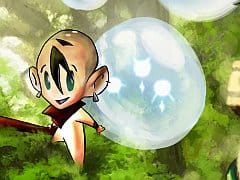
/https://oimg.videogamer.com/images/1779/soul_bubbles_14.jpg)
